What is composting
Composting is simply the process of breaking down of organic waste to compost, a nutrient-rich conditioner for soil known as compost.
Why compost
- It diverts organic waste from landfills. 60% to 75% of household waste in India is organic waste.
- The value of recyclable waste increases when it's not contaminated by organic waste.
- The composting process converts waste to a usable product, compost, which can be used to replenish nutrients in poor soils and gardens. The added compost also helps retain soil moisture, thereby improving growing conditions.
- Many find composting to be a meditative and zen process. It can also be viewed as a science experiment that kids can participate in.
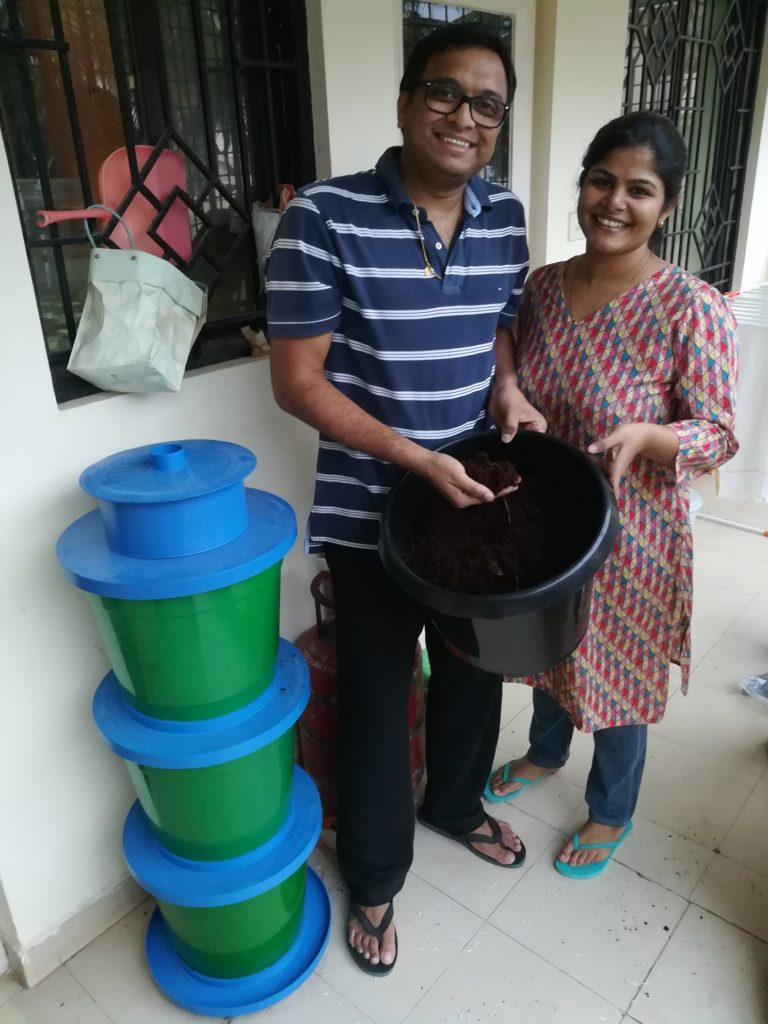
Methods of composting
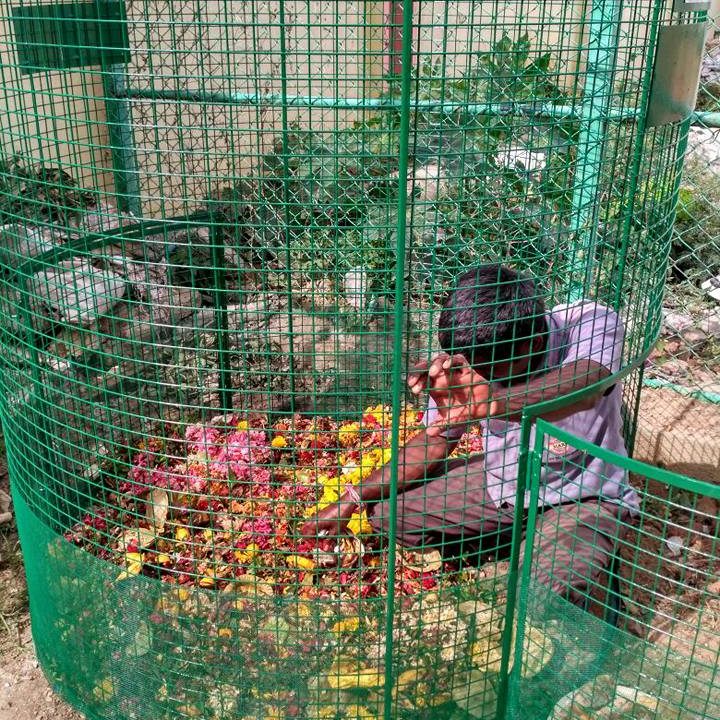
Aerobic composting
Organic matter is decomposed in the presence of air. The heat generated accelerates the breakdown of proteins, fats and complex carbohydrates. Hence, the processing time is shorter. This process also destroys many micro-organisms that are human or plant pathogens. Although more nutrients are lost from the materials by aerobic composting, and it requires more user-intervention, it is considered more efficient and useful than anaerobic composting
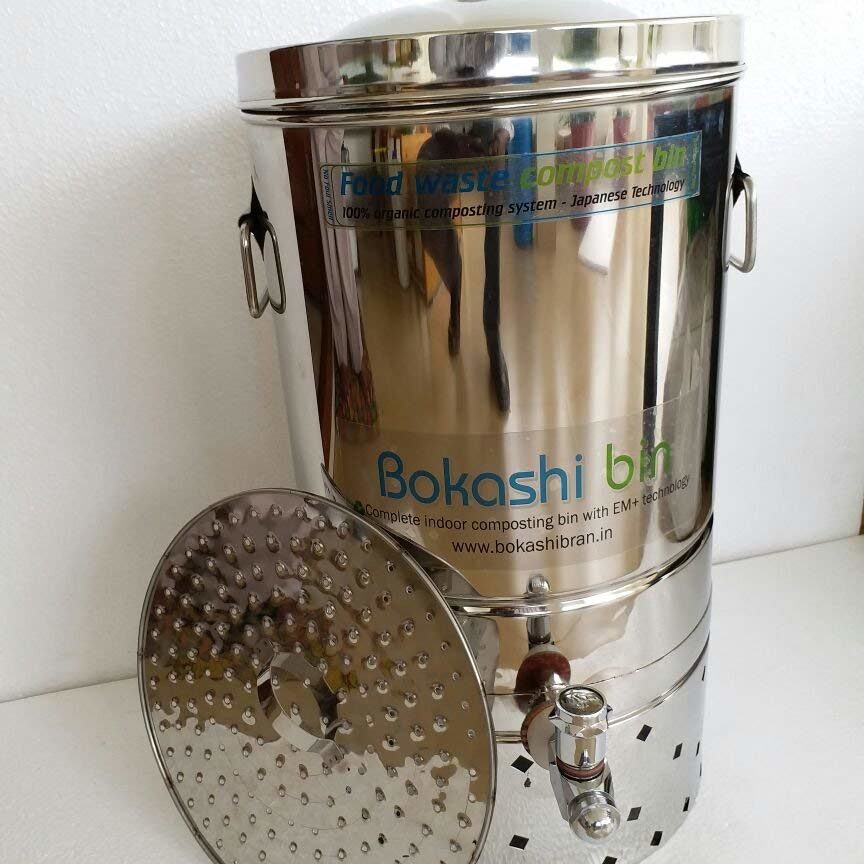
Anaerobic composting
Organic matter is decomposed in the absence of air. The waste material is sealed and left undisturbed for several weeks. The advantage of this method is that it is low-maintenance and if executed well, avoids pests. The disadvantage is that in the absence of air, the process takes longer. Also, in the absence of aerobic microorganisms to break down by-products, the compost may need further processing before it can be used on plants.
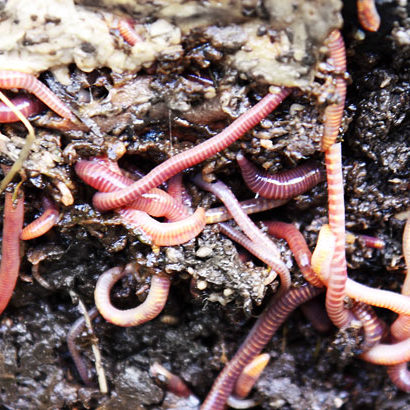
vermicomposting
Certain species of earthworms are used to enhance the composting process and produce a superior, bio-available compost. They feed and digest the organic waste materials, excreting them in granular form known as vermicompost. Apart from other nutrients, vermicompost is rich in NPK. It enhances plant growth, suppresses disease in plants, increases porosity and microbial activity in soil, and improves water retention and aeration. It is however relatively high-maintenance and requires a comfort level in handling earthworms.
Community Composting
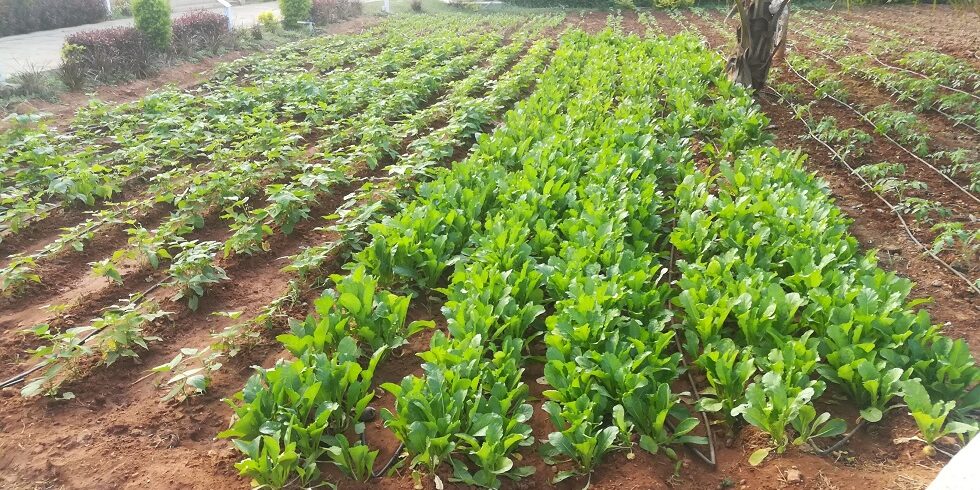
In community composting, a community such as an apartment, a gated society, or even a street, gets together to compost their wet waste. This compost is then used to grow fruits and vegetables in terrace gardens, community gardens, or even empty plots.
This provides the community with green and clean vegetables without use of toxic fertilizers and pesticides.
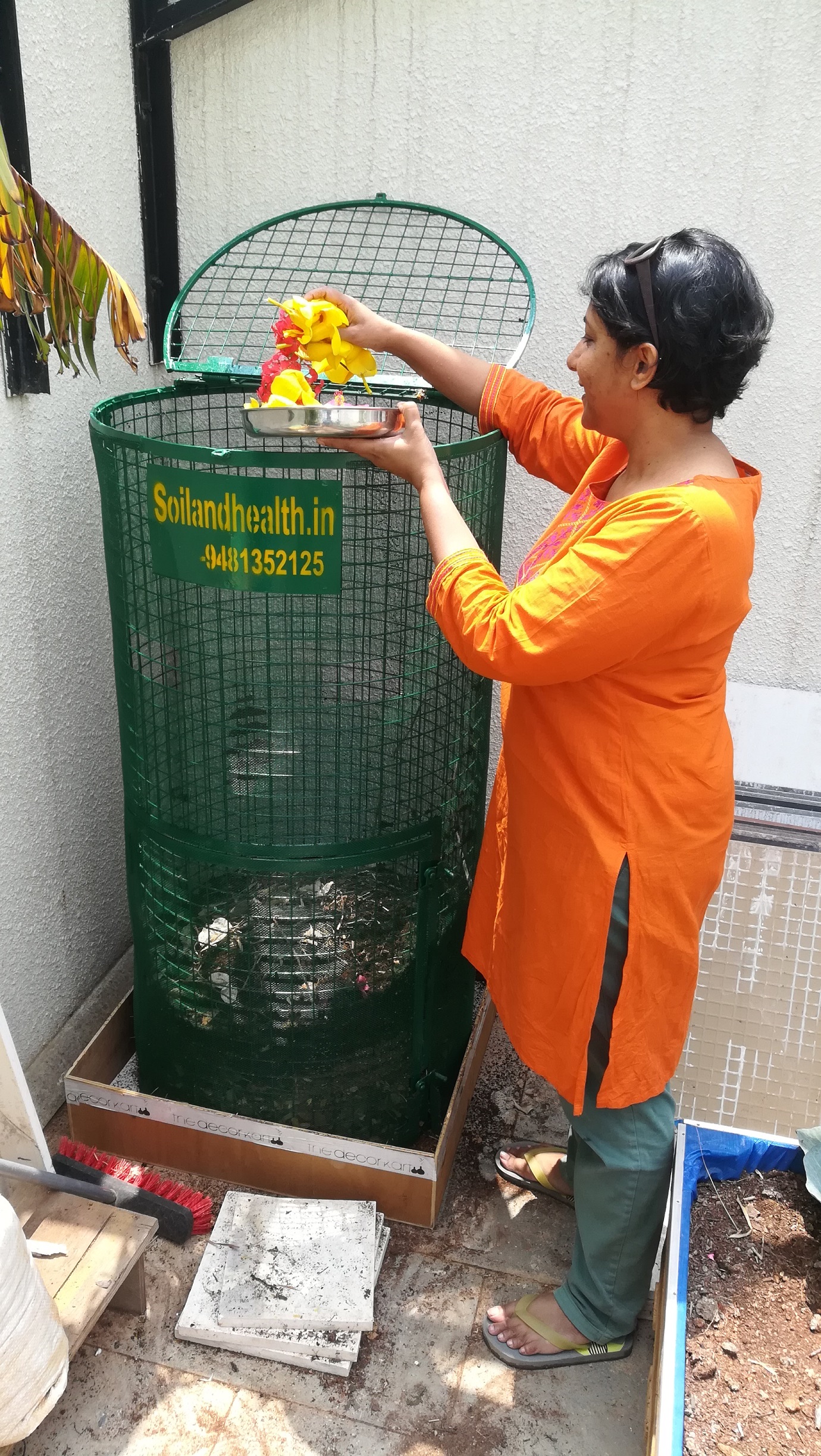
How to compost
Many people believe that composting is a complicated, messy and smelly process. This is not true if you follow the correct composting process. Composting is actually very simple: simply alternate layers of organic waste (green layer) and dry leaves, soil, coco peat and/or bioclean (brown layer), to create a concoction that turns into humus or compost, the best soil builder around! Here's the step-by-step process:
- Segregate your waste and keep the biodegradeables in a separate compost bin. (Learn more here about how to segregate).
- It's easy to make yourself a compost bin (check this video), or you can buy one from us.
- Add a layer of any combination of these: soil, compost, cardboard pieces, dry leaves or bioclean (brown layer).
- Next layer kitchen waste (green layer) over the brown layer.
- Cover this with another brown layer.
- Repeat this process until the compost bin is full.
- Keep aside the full bin for up to 4 weeks and your compost will be ready. Use 50 to 60% of the compost towards your new batch of compost.
Dos and Don'ts
- Keep the pile damp, but not soggy. Moisture aids decomposition but excess moisture can stop the process and/or cause odor.
- Cover the waste layer completely with a brown layer to avoid attracting flies and bugs.
- For aerobic composting, make sure the bin has several small holes and keep in an airy spot
- Use rat proofing mesh to keep out rodents, if rats are a problem in your home.
- Shredding speeds up the process.
- You can compost leftovers, pooja flowers, coffee/ tea grounds, eggshells, meat, cardboard, even a little newspaper, fresh garden cuttings
- Don't compost coconut shells, glossy or coated paper, dog and cat poop
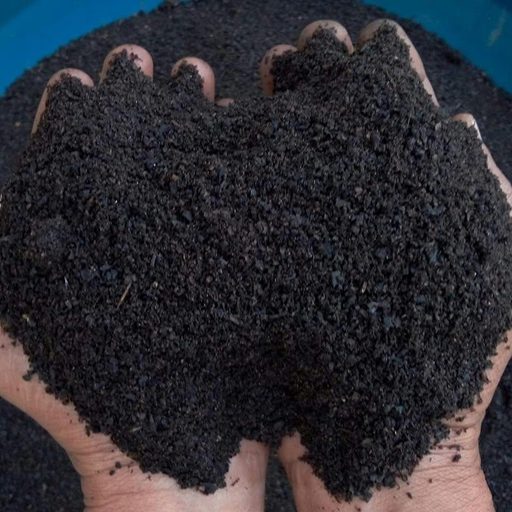
FAQs / Troubleshooting
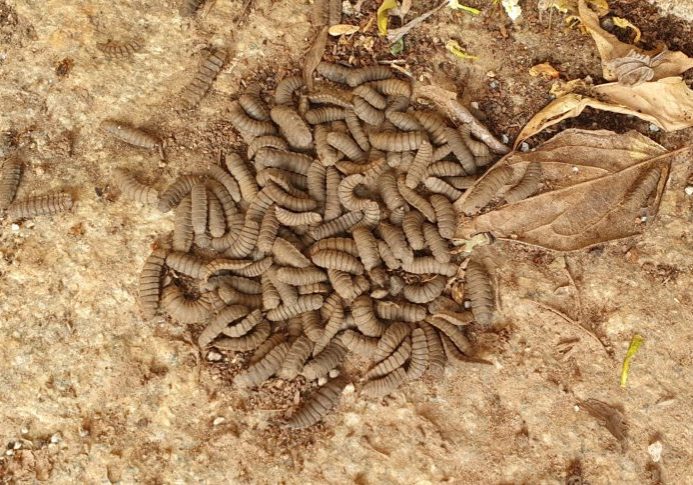
Maggots are actually good for composting because maggots become flies and leave their worm castings , which is good compost. But if you'd prefer maggot-free compost, then follow the tips below:
- Maintain moisture level in the bin by using adequate amount of browns (crushed dry leaves, Bioclean coco peat or plain coco peat).
- Do not expose wet waste in an open container. Flies lay eggs on exposed organic waste, which in turn become maggots. Store wet waste in a closed container and for no more than a day before adding it to the compost bin.
- Add neem powder or turmeric to the bin. They help reduce bugs and maggots. During Hindu festivals women exchange turmeric and kumkum powders. Remove the plastic and add both the turmeric and kumkum to the bin. Do not add the plastic. Also do not add too much.
- Composting is like cooking - there needs to be a balance of green and brown ingredients, of moisture and dryness. But we cannot tell you the measurements. You will perfect the balance through trial and error.
- Keep the bin in a good shelter to avoid rain water splash. Do not pour water below the bin to clean the floor. Try to minimize water usage so that we can also save water.
- Finally, maggots are good for composting as long as they reside inside the bin. Do not worry. Keep feeding them.
They can be used as fish or poultry feed (food for fish and chicken). You can also put them back in a compost bin with fresh or semi-decomposed material.
The decomposed material in the compost bin should smell like earthern soil. Most of the kitchen waste added should not be seen.
Sun-dry compost for about 3 hrs and bag it. It should still have some moisture for the microorganisms to be alive. Drying in sun is good, but do not solarize it.
This question shows the importance of the initial setup. Remember to fill a good amount of crushed dry leaves or plain brown card board box pieces without print. Then add all the compost provided in the 8 litre bucket and add four handfuls of Bioclean. If you notice that your kitchen waste consists of high-water-content fruit peels like watermelon, musk melon or cucumber, then add more browns (crushed dry leaves, card board box pieces or plain cocopeat). Plain cocopeat is half the price of Bioclean. You will have to balance the browns vs fresh kitchen waste. Composting is slower when the pile is too moist.
